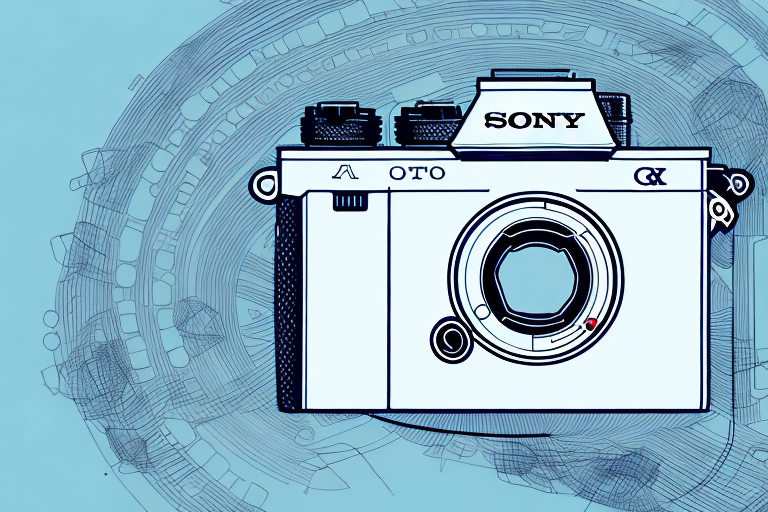The Sony A9 is a powerful camera that offers exceptional image quality and performance. However, to truly unlock its potential, you need to pair it with the best lens for your specific needs. With a wide range of lenses available on the market, choosing the right one can be a daunting task. In this article, we will guide you through the process of selecting the best lens for your Sony A9, taking into consideration various factors such as understanding the camera, different lens types, compatibility with the camera, prime vs. zoom lenses, and specialized lenses for specific genres of photography. So, let’s dive in and explore the world of Sony A9 lenses!
Understanding the Sony A9 Camera
Before diving into lens selection, it is important to have a good understanding of the Sony A9 camera itself. The A9 is a full-frame mirrorless camera that boasts an impressive 24.2-megapixel Exmor RS sensor and advanced autofocus system. It is designed specifically for professional photographers who require high-speed continuous shooting and exceptional low-light performance. The camera’s fast processing capabilities and extensive ISO range make it ideal for various genres of photography, including sports, wildlife, portrait, landscape, and more.
With this understanding, we can now move on to the main topic of this article – choosing the best lens for your Sony A9.
One of the standout features of the Sony A9 camera is its high-speed continuous shooting capability. With a maximum burst rate of 20 frames per second, photographers can capture fast-paced action with ease. This makes the A9 an excellent choice for sports and wildlife photography, where capturing the perfect moment is crucial.
In addition to its impressive speed, the Sony A9 also excels in low-light conditions. The camera’s advanced sensor technology allows for exceptional image quality even in challenging lighting situations. This makes it a versatile tool for photographers who often find themselves shooting in dimly lit environments, such as concerts or nightscapes.
Factors to Consider When Choosing a Lens for Sony A9
When selecting a lens for your Sony A9, there are several crucial factors to consider. These factors will help you narrow down your options and find the lens that best suits your shooting style and needs.
First and foremost, consider the focal length. The focal length determines the field of view and the magnification of the lens. For example, a wide-angle lens has a shorter focal length, while a telephoto lens has a longer focal length. The Sony A9 supports a wide range of focal lengths, giving you the flexibility to choose the lens that matches your shooting requirements.
Aperture is another important consideration. The aperture determines the amount of light that enters the lens and affects the depth of field. A wide aperture allows more light to enter and provides a shallower depth of field, making it ideal for low-light situations and creating bokeh effects. On the other hand, a narrower aperture is preferable for capturing landscapes and other scenes where a greater depth of field is desired.
In addition to focal length and aperture, you should also consider the lens’s build quality, image stabilization capabilities, and autofocus performance. These features can greatly enhance your shooting experience and help you achieve sharper and more vibrant images.
Now that we have covered the main factors to consider when choosing a lens for your Sony A9, let’s explore the different types of lenses available and their compatibility with the camera.
One important factor to consider when choosing a lens for your Sony A9 is the lens mount compatibility. The Sony A9 uses the Sony E-mount, which is a versatile and widely supported mount. This means that you have a wide range of lens options to choose from, including lenses from Sony as well as third-party manufacturers. It’s important to ensure that the lens you choose is compatible with the Sony E-mount to ensure proper functionality and optimal performance.
Another factor to consider is the lens’s maximum aperture. The maximum aperture determines the lens’s ability to gather light, which is especially important in low-light situations. A lens with a wider maximum aperture, such as f/1.4 or f/2.8, will allow you to capture brighter images and achieve faster shutter speeds, reducing the risk of motion blur. However, lenses with wider maximum apertures tend to be larger, heavier, and more expensive. It’s important to strike a balance between the desired aperture and the practicality of the lens for your shooting needs.









